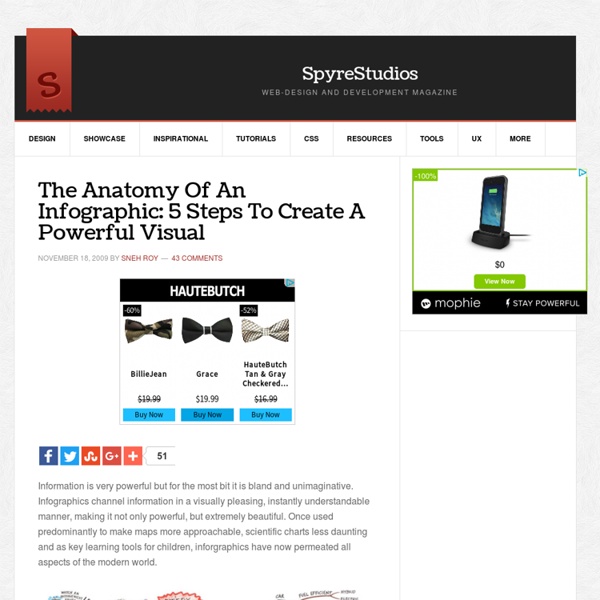make your own infographics
Infographics (or Information Graphics) are graphic visual representations of data or information, presented in a way to make it easier to consume information. Infographics gained popularity in the mid-2000′s with the advent of sites like Digg and Reddit, and have quickly become one of the most popular methods to display researched data. There are three main types of infographics – where data is presented in a timeline, where statistical data is presented in graphs or with icons, or where data is presented on a map. In order to create an infographic which will be widely shared, think about your typography, colours, and layout. Make it easy for people to understand the information that’s being provided. Sometimes it’s best to keep things simple.
Wisconsin Department of Public Instruction
Universal Design for Learning (UDL) is a scientifically valid framework that provides multiple means of access, assessment, and engagement and removes barriers in instruction to achieve academic and behavioral success for all. The Universal Design for Learning framework can provide educators with a structure to develop their instruction to meet the wide range of diversity among all learners. Universal Design for Learning is based on brain research that suggests a one-size-fits-all approach to education is not effective. The inspiration behind Universal Design for Learning was the concept of universal design in architecture, where design features intended for individuals with disabilities have had unexpected benefits for the general population (e.g. curb cut outs designed for wheelchair access have benefits for strollers, rolling luggage, skateboarders, etc.) There are three main principles of Universal Design for Learning: 1.
Make Your Own Infographic
Infographics are to data what storytelling is to an annual report: a more engaging way to help bring attention and understanding to your nonprofit’s cause. Yesterday we looked at an interesting infographic that suggested a new way to view your volunteers. Today, let’s look at infographics in general – and resources to help your nonprofit get started on making your own. As Wikipedia explains, “Information graphics are visual devices intended to communicate complex information quickly and clearly”:
10 Awesome Free Tools To Make Infographics
Advertisement Who can resist a colourful, thoughtful venn diagram anyway? In terms of blogging success, infographics are far more likely to be shared than your average blog post. This means more eyeballs on your important information, more people rallying for your cause, more backlinks and more visits to your blog. In short, a quality infographic done well could be what your blog needs right now. Designing An Infographic
Article - Organizing Your Vocabulary Notebook
Many students, when they encounter a new word, tend to write it down in their notebook, together with a translation in their native language. They think that by doing so, they have “learned” the word. Not that simple! You can only say you have “learned” a word when you: know what it means know how to say it know how to spell it know when and when not to use it know the grammar of the word (e.g. which word must follow it)
15 Useful Infographics For Designers And Developers
Writen by Bogdan / Comments Off on 15 Useful Infographics For Designers And Developers Information graphics or infographics are graphic visual representations of information, data or knowledge. These graphics present complex information quickly and clearly,[1] such as in signs, maps, journalism, technical writing, and education.
An Updated Digital Differentiation Model
This is part of a Digital Differentiation model, my way i of weaving a web of flexible tools together for teaching and learning. To keep the model relevant, frequent updates are required, as new tools and trends emerge. To access the most current resources, please click on the tab at the top of this blog: Digital Differentiation - Current Updating Ten months ago I published a Digital Differentiation model on this blog.
How To Create Outstanding Modern Infographics
In this tutorial you will learn that data doesn't have to be boring, it can be beautiful! Learn how to use various graph tools, illustration techniques and typography to make an accurate and inspiring infographic in Adobe Illustrator. Start by using the Rectangle Tool (M) to draw a shape. Give it a subtle radial gradient too. The entire design is based on a grid of four columns. To make the columns first select the rectangle and drag a guide onto the centre of the shape.
Vocabulary Graphic Organizers
Graphic organizers help students to visualize the relationships between words and their possible meanings. Teachers can use these graphic organizers with their explicit vocabulary instruction. These tools may also be used as classroom assessment for learning because they give teachers a quick look at students' vocabulary knowledge. A variety of samples have been provided.




Been wanting to create an infographic but don't know how to start it. Thanks for sharing. It helped though. :) by reynescabruner Apr 1